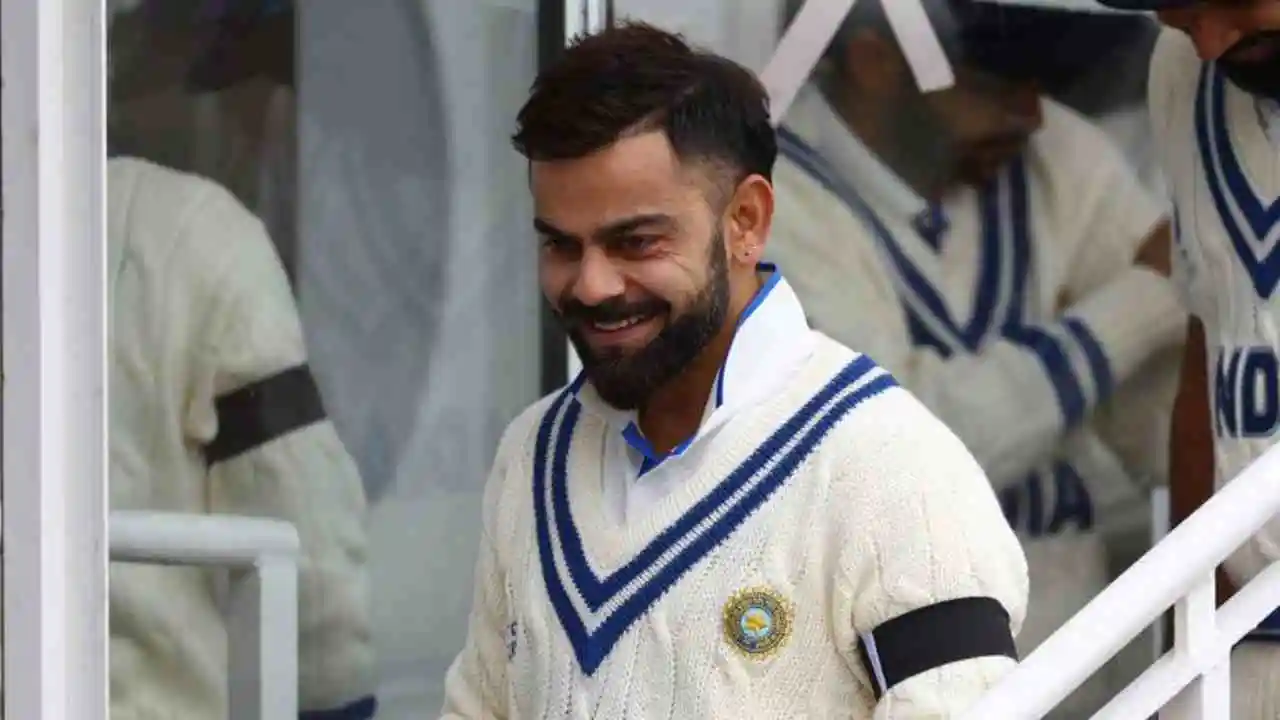
India's Pace Bowling Dilemma: Bumrah Shines While Others Struggle
4 months ago | 5 Views
It must be a remarkable experience to call upon Jasprit Bumrah during critical moments, with the assurance that the world's premier bowler will not disappoint the captain or the team.
Conversely, it can be quite disheartening to rely solely on Jasprit Bumrah in challenging situations, uncertain whether the other bowlers will meet the demands of the moment.
Rohit Sharma is currently navigating these emotional peaks and valleys. This series was anticipated to showcase a contest between India and Australia, highlighting India's pace attack against the formidable batting lineup of the hosts. However, after three matches, the narrative has shifted to a focus on Bumrah versus Australia, with no ambiguity.
While Bumrah has undeniably been a dominant force, claiming an impressive 21 wickets at an astonishing average of 10.90, it would be misleading to suggest that India’s performance has revolved solely around him. Mohammed Siraj has also made significant contributions, securing 13 wickets across three Tests, placing him third among the leading wicket-takers, with Mitchell Starc and Pat Cummins each having 14. Under normal circumstances, Siraj’s average of 23.92 and a strike rate of 38.3 (taking a wicket every 6.2 overs) would be noteworthy, but in light of Bumrah's extraordinary achievements, he has taken on the role of a solitary warrior.
India has faced challenges due to the absence of Mohammed Shami, a situation they have become accustomed to over the past 13 months. Shami last represented the national team on November 19, 2023, during the 50-over World Cup final. Recently, the Board of Control for Cricket in India dashed any remaining hopes of his return to the squad in Australia, citing intermittent swelling in his knee as a consequence of post-operative complications. Shami was an ideal partner for Bumrah with the new ball, while Siraj has proven to be a commendable first-change bowler since his debut in December 2020. At that time, India boasted a wealth of pace-bowling talent to choose from, including Bhuvneshwar Kumar, Navdeep Saini, Ishant Sharma, Umesh Yadav, and even Hardik Pandya, who was still available for red-ball cricket.
Where is India's pace battery?
The evolution of time has impacted Bhuvneshwar, Ishant, and Umesh, while Pandya concluded that his physique was not ideally suited for the demands of five-day cricket. Saini, unfortunately, succumbed to injuries, which have become increasingly prevalent among fast bowlers in contemporary cricket. Jofra Archer has scarcely participated in matches over the past five years, and Ben Stokes has spent more time in recovery than on the field. Similarly, India's fast bowlers have faced numerous injuries, hindering Rohit Sharma, along with former coaches Rahul Dravid and Gautam Gambhir, from assembling a pace attack comparable to that of Virat Kohli and Ravi Shastri during their extended tenure from mid-2017 to late 2021.
By the time Kohli and Shastri assumed their roles as captain and head coach, India had already established a formidable Test pace attack. The inclusion of Bumrah in January 2018 completed this lineup; however, the natural progression necessitated that their successors construct an entirely new pace attack, with Bumrah as the cornerstone and others supporting him. India has attempted to integrate Mukesh Kumar, Prasidh Krishna, and Harshit Rana into the team over the past year, albeit with limited success. Among this group, only Akash Deep has consistently showcased his promise and potential across six Tests.
Collectively, Mukesh, Prasidh, and Rana have participated in seven Tests. Mukesh is 31 years old, Prasidh is 28, and Rana is the youngest at 23. Deep, despite his commendable performance in six Tests, has taken no more than 13 wickets and is 28 years old. Excluding Rana, the ages of the other bowlers do not inspire much optimism. In contrast, there is a more promising depth in the white-ball formats, with players like Arshdeep Singh, Avesh Khan, and Khaleel Ahmed contributing significantly. However, the landscape of India's Test pace bowling appears somewhat desolate and insufficient without Bumrah.
Bumrah, much like his predecessors Virat Kohli and Sachin Tendulkar, is an extraordinary cricketer who appears once in a generation. At 31 years of age, he is approaching his tenth year in international cricket next month and is expected to manage his participation in limited-overs formats judiciously. His appointment as Rohit’s deputy, following Shubman Gill's role as vice-captain during Bumrah's absence in the T20I and ODI series in Sri Lanka from July to August, clearly reflects the strategic thinking of the decision-makers. India requires Bumrah's presence in Test matches—not merely as a formidable bowler but also as a mentor, guide, teacher, and source of inspiration for the upcoming generation of fast bowlers. However, do not expect immediate results.
Read Also: Manu Bhaker's Khel Ratna Controversy: A Disheartening Snub After Olympic Glory
HOW DID YOU LIKE THIS ARTICLE? CHOOSE YOUR EMOTICON!
#




















